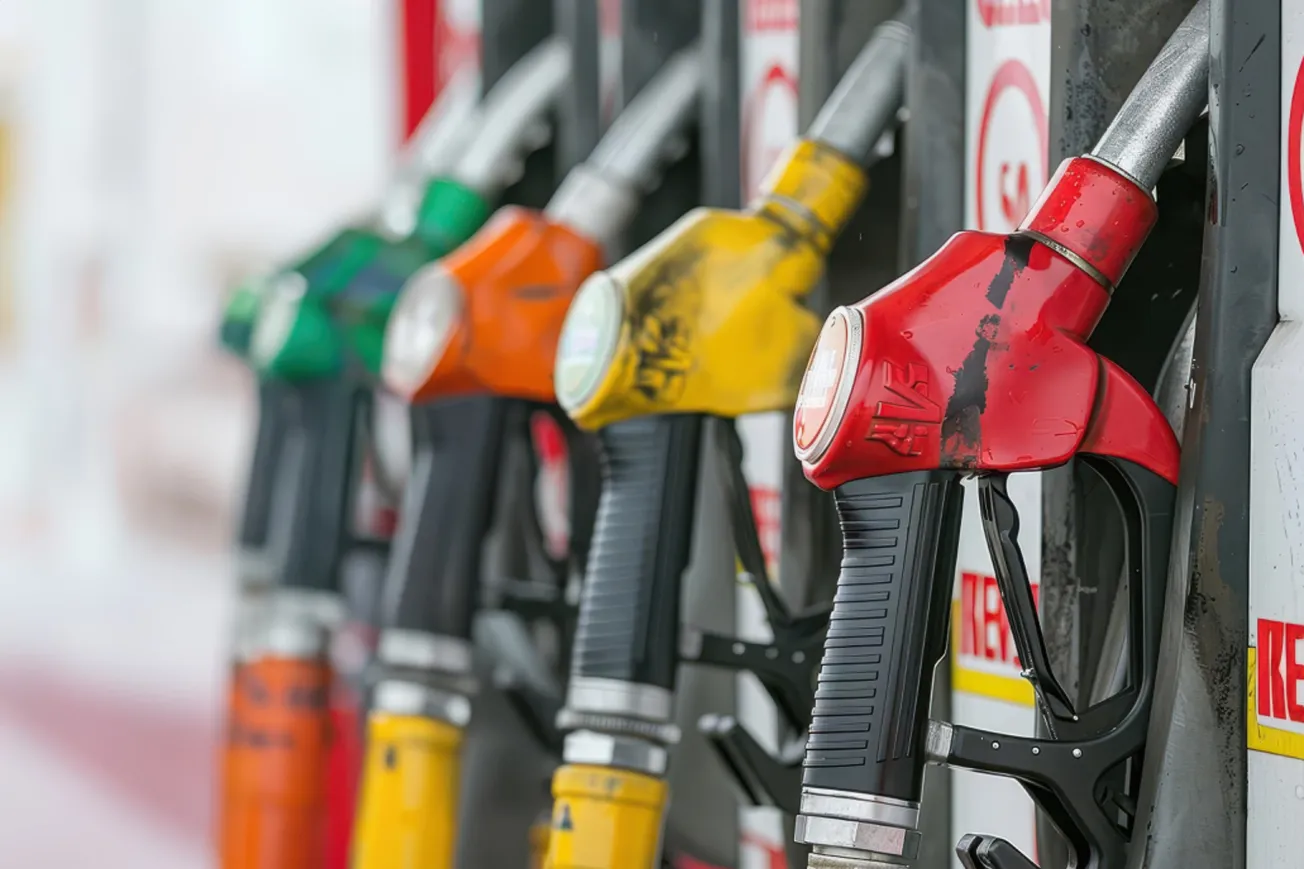Over the past few decades, big-box retailers have significantly reshaped the gasoline sales market in the United States.
As of 2024, big-box retailers have solidified their presence in the gasoline sales market. A recent survey highlighted that grocery and big-box chains now command approximately 35% of the fuel market, underscoring their significant role in this sector.
By leveraging their expansive infrastructures and customer bases, companies like Walmart, Costco, and Sam's Club have diversified their revenue streams and intensified competition within the fuel retail sector.
The entry of big-box retailers into the gasoline market began in the late 1990s and early 2000s. Recognizing the potential to drive store traffic and offer added value to customers, retailers like Walmart and Costco started incorporating fuel stations into their business models. This strategy aimed to provide a one-stop shopping experience, where customers could purchase groceries, household goods, and fuel in a single trip.
Costco, in particular, became known for offering gasoline at prices often lower than those of traditional gas stations, attracting cost-conscious consumers. This approach not only increased foot traffic to their warehouses but also fostered customer loyalty. Similarly, Walmart expanded its fuel offerings through its Sam's Club locations, providing members with discounted fuel prices as part of their membership benefits.
The competitive landscape has intensified, with retailers continually enhancing their fuel-related offerings. For instance, Amazon announced that its Prime membership would now include fuel savings, allowing members to save up to 10 cents per gallon at participating gas stations. This move mirrors similar initiatives by Walmart, which had previously introduced fuel discounts through its Walmart+ loyalty program.
These strategies are not solely about selling gasoline but are part of broader efforts to increase customer engagement and loyalty. By offering fuel discounts, retailers aim to drive more frequent visits to their stores, thereby boosting sales across various product categories.
Despite their growing market share, big-box retailers face several challenges in the gasoline sales market. Fluctuating fuel prices, regulatory considerations, and the need for substantial capital investment in fuel infrastructure are significant factors. Additionally, the rise of electric vehicles (EVs) presents both a challenge and an opportunity. Retailers are beginning to explore the integration of EV charging stations to cater to the evolving needs of consumers.
Moreover, the competitive nature of fuel pricing means that margins can be thin. Retailers often use fuel as a loss leader, offering it at minimal profit to attract customers who will then make additional purchases in-store. This strategy requires a delicate balance to ensure overall profitability.
Traditional gas stations have not remained passive in the face of increased competition from big-box retailers. Many have adopted strategies to differentiate themselves and retain customer loyalty.
One significant shift has been the enhancement of convenience store offerings. Gas stations are expanding their product ranges to include fresh food, gourmet coffee, and other high-margin items. This transformation aims to create a more appealing shopping experience, encouraging customers to make additional purchases beyond fuel. For example, chains like Casey's General Stores have become known for their pizza offerings, attracting customers seeking quick meal options.
To compete with the membership-based discounts offered by big-box retailers, traditional gas stations have developed loyalty programs that reward frequent customers with discounts and promotions. These programs often utilize data analytics to offer personalized deals, enhancing customer engagement and retention.
Many traditional gas stations have implemented mobile payment options, apps for locating stations and checking fuel prices, and even pre-ordering systems for in-store items. These technological advancements aim to provide a seamless and convenient customer experience.
Some gas stations have formed partnerships with fast-food chains and other retailers to offer a wider range of services. These collaborations can attract a broader customer base and provide additional revenue streams. Partnerships with coffee chains or quick-service restaurants can draw in customers looking for both fuel and food.
Looking ahead, the role of big-box retailers in the gasoline sales market is poised to evolve further. The anticipated growth in EV adoption will likely influence retailers to expand their energy offerings beyond traditional gasoline. Investments in EV charging infrastructure are expected to become more prevalent, aligning with broader sustainability goals and consumer demand.
Advancements in technology and data analytics will enable retailers to offer more personalized fuel-related promotions and enhance the overall customer experience. Loyalty programs are expected to become more sophisticated, integrating fuel discounts with other in-store promotions to drive customer engagement










